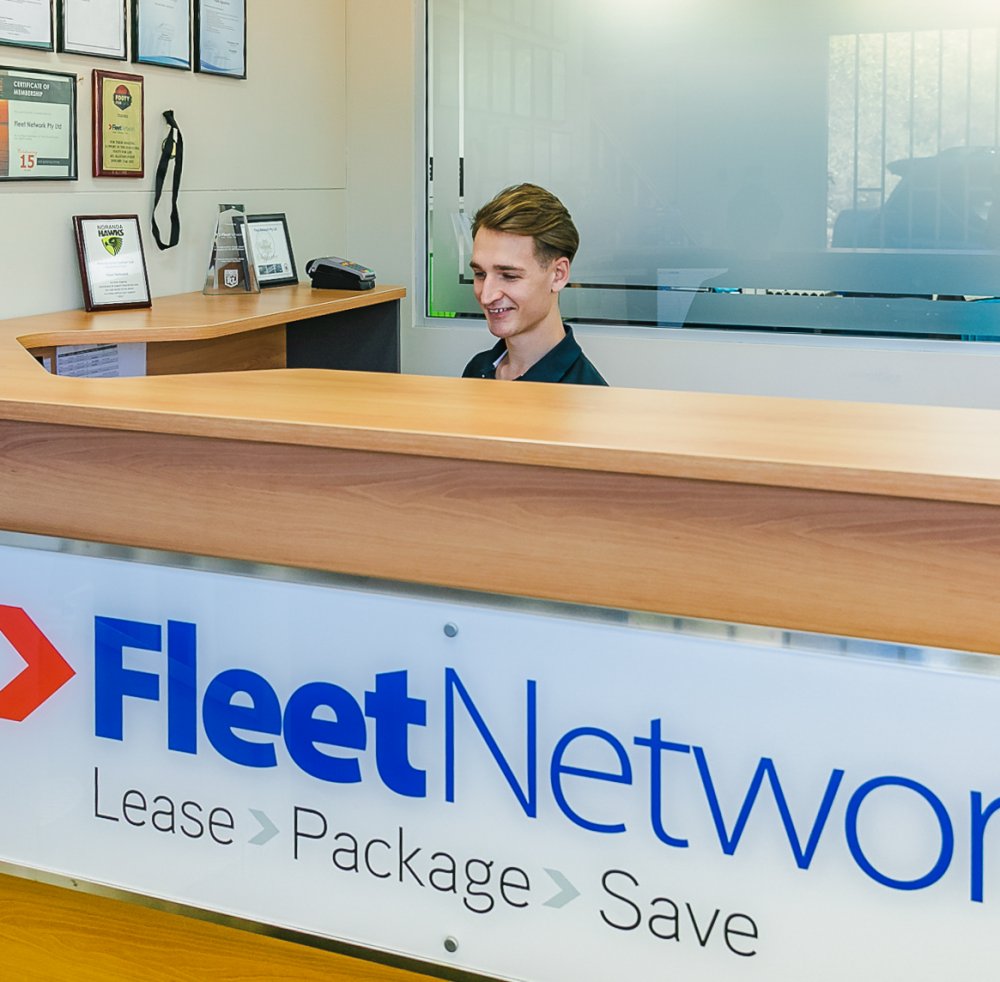Electric Vehicle FAQs
Get the answer you are looking for with our most frequently asked questions on electric vehicles. If you’re still looking for an answer, our customer service team can help.

Your EV Questions Answered
What is an electric vehicle?
Per the Electric Vehicle Council’s definition, an electric vehicle (EV) runs partially or fully on electricity.
There are many types of EVs, with the most common type being battery electric vehicles (BEV) which operate solely from electricity charged through batteries and no petrol. BEVs are the easiest to differentiate among EV models as they don’t have an exhaust pipe.
Another common type of EV is plug-in hybrid vehicles (PHEV). These cars primarily use an electric motor but are able to switch to a petrol-fuelled engine if and when the electric battery runs out of power. They have a stronger electric capacity than hybrid electric vehicles (HEV). Like PHEVs, HEVs have a dual electric-petrol engine capability but their smaller electric battery gives them a much more limited capacity to run on electricity before needing to switch to petrol.
What is the Electric Car Discount policy?
The Electric Car Discount, introduced by the Australian Government and passed by Parliament in December 2022, exempts certain zero to low emissions cars made available by employers to their employees from the Fringe Benefits Tax (FBT).
The removal of the FBT effectively makes electric vehicles available to salary sacrifice with a novated lease, which was not an option prior to the policy.
What is a zero or low emissions vehicle?
As defined by the government, a zero or low emissions vehicle is a battery electric, plug-in hybrid electric, or hydrogen fuel cell electric car designed to carry a load of less than 1 tonne and less than 9 passengers including the driver.
How is an electric vehicle novated lease different to a petrol novated lease?
Electric vehicles and internal combustion engines have the same setup and management of their lease. The main difference is claiming power versus petrol or diesel. If a driver’s vehicle is eligible under the Electric Vehicle Discount, then additional tax savings will be applicable.
How much does it cost to lease an electric vehicle?
Owning an electric vehicle through a novated lease is the most cost-effective solution compared to any other leasing or financial arrangement. This is due to the upfront tax savings on the purchase price of your vehicle and the ongoing benefits of running your vehicle throughout the lease.
How do electric vehicle running costs compare to a normal petrol car?
Owning and running an EV is significantly cheaper than a petrol-powered car.
Electric vehicles require a lot less servicing than their petrol counterparts. Electric engines have fewer moving parts and are simpler by design, requiring next to no maintenance. Brakes and suspension systems should be checked every 2 years, and replacement of battery cooling fluid should be done every 5 to 6 years.
The savings in servicing are already factored into dealership price packages. For example, BMW’s EV model, the iX3, costs $1,650 to service over the first 6 years of ownership, whereas BMW’s petrol models servicing packages start from $2,010 for only 5 years.
You’ll also save significantly by powering your vehicle with electricity over fuel. On average, an electric car uses 12 to 25 kWh per 100 km and Australians pay 25 to 30 per-kilowatt hour of electricity at home. If you’re charging a large, SUV EV model with intense acceleration capability, that will cost you around $7.50 in electricity charges to power your car for 100 km.
If you choose a smaller, more efficient EV model, you could see your powering costs reduced to less than $4 per 100 km. Using home solar and charging with free public chargers will save you even more.
Based on those estimates, you could save $10,000 in petrol costs (or more if fuel prices continue to rise) over 5 years or 75,000 kms of driving.
How are my running costs, like fuel, covered on an electric vehicle novated lease?
Your running costs such as servicing, registration, and insurance are covered as it would be on a novated lease with a petrol car where they are included in your repayments.
You can claim electricity as part of your running costs. You must be able to demonstrate how much electricity has been used on your EV and at what cost. This can be done easily by purchasing an at-home fast charger or a separate smart meter installed at home.
